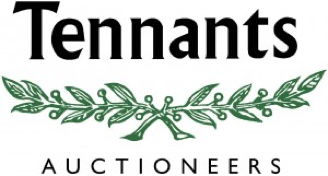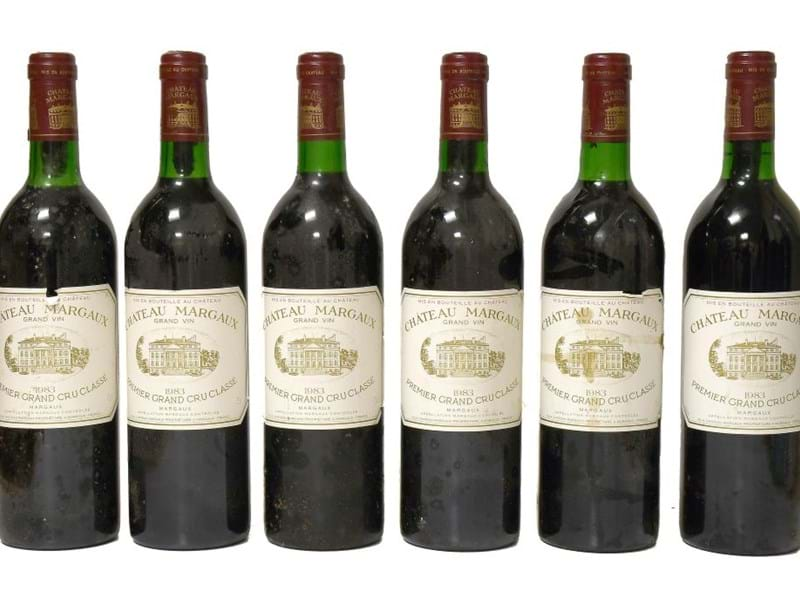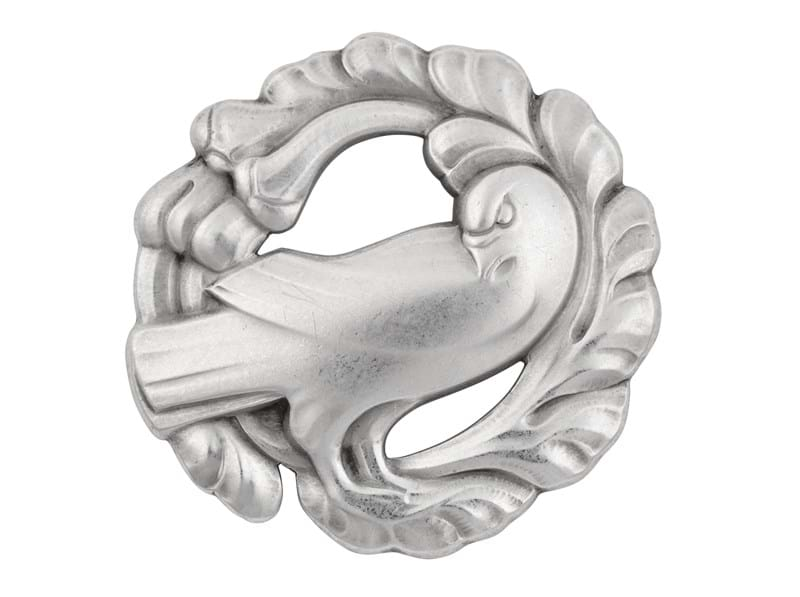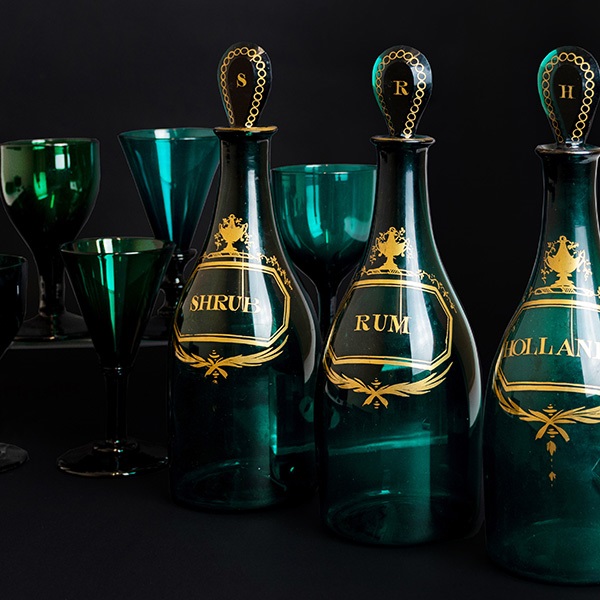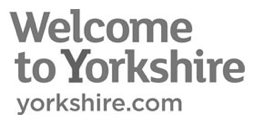“Have nothing in you houses that you do not know to be useful of believe to be beautiful”.
This William Morris quote was one of Rosamund Jordan’s favourites and it was reflected by hers and Tom’s collection of paintings and Arts and Crafts furniture and pottery. The ethos extending into all areas of their lives, especially their beautiful garden.
For over 40 years Tom and Rosamund Jordan were leading specialists in the Staithes Group of painters, believing that this pioneering yet neglected group should be written into the history of World art. The Jordans were equally passionate about Staithes itself, lovingly restoring a small fisherman’s cottage there and becoming involved in the community, donating works to the primary school in the village and to the lifeboat in order to raise money for them.
Over 120 works from their collection were sold in a single owner sale at Tennants on 15th July (VIEW RESULTS), with Part II of the collection comprising approximately 50 lots coming under the hammer as part of the Country House Sale on 16th September.
Forthcoming Highlights of Part II: Country House Sale 16th September

Owen Bowen ROI, PRCamA (1873-1967)
Assorted Roses in a silver vase
Signed and dated (19)29?, oil on canvas, 38cm by 58.5cm
Provenance: Walker Galleries, Harrogate
£500-800 (plus buyer’s premium)

Richard Marshall (1944-2006)
Staithes - Fishermen bringing in a coble
Signed, oil on board, 22.5cm by 30cm
Exhibited: TB and R Jordan "A Century of Working Life in Yorkshire and the North East" April 2007, no.197
£100-150 (plus buyer’s premium)

Rowland Henry Hill (1873-1952)
A view of Whitby Castle
Signed and dated 1932, pencil and watercolour heightened with white, 18cm by 26cm
£150-250 (plus buyer’s premium)

Robert Leslie Howey (1900-1981)
"Borrowdale"
Signed and dated (19)71, oil on canvas board, 48.5cm by 59cm
Provenance: Hawkes Head Gallery, Ambleside
£120-180 (plus buyer’s premium)

Arthur A Friedenson (1872-1955)
Purbeck in Dorset
Signed, oil on board, 20cm by 26cm
£200-300 (plus buyer’s premium)

Frederick (Fred) William Mayor IS (1865-1916)
Landscape with tree
Signed, mixed media, 31cm by 38cm
Provenance: The Mayor Family until 2003
With certificate of authenticity fixed to reverse my James Mayor, the artist's grandson, 10.4.2003
Exhibited: T B & R Jordan 3rd Harrogate Staithes Group Exhibition, 2005
£80-120 (plus buyer’s premium)

Ernest Higgins Rigg (1868-1947)
Sheep grazing in a summer landscape
Signed, oil on canvas board, 29.5cm by 39.5cm
Provenance: Walker Galleries, Harrogate
£200-300 (plus buyer’s premium)
THE STAITHES SCHOOL OF ARTISTS
In the closing years of the 19th century and opening years of the 20th century, the tiny, picturesque fishing village of Staithes on the North Yorkshire coast became host to a colony of artists, attracted to the area by the towering cliffs, stormy seas, clarity of light and eminently paintable cottages and harbours. For a short spell, the village was an important artistic centre at the forefront of the British Impressionist movement, and the works produced by the Staithes School of artists can be found today in galleries and collections around the world.
The movement began with the likes of Thomas Barrett, a professor at Nottingham School of Art, who first visited in 1880, and William Gilbert Foster, who bought a cottage in Runswick Bay in 1890. The completion of the Staithes Railway in 1883 greatly improved accessibility and gradually more and more artists were drawn to the area, some staying for a summer, and others putting down roots. Perhaps the most widely recognised artists today were Harold Knight and Laura Johnson (later Laura Knight), pupils of Barrett at Nottingham School of Art. Barrett had told them that “there is no place like it in all the world for painting”, and in 1897 they visited for a month, before moving to the area full time from 1898 to 1907. Laura Knight loved the area deeply, later stating in her biography: “Staithes had been one of the most vital influences in my life”.
The artists lived amongst the fishermen and women, often lodging in their homes. Not only did this provide a much-needed boost to the local economy, but it allowed them to understand the hardships of the fishing community, and thus depict them with realism, insight, and empathy.
The Staithes School artists were greatly inspired by the French Impressionists, working en plein air to capture fleeting moments of light, air, and water, albeit with an edge of harder, northern grit. Reacting against the 19th century art establishment, which focused on staid academic realism, the Staithes artists looked to depict snapshots of contemporary life with greater life and informality.
1901 saw the formalisation of the Staithes School of Art with their first exhibition at the Staithes Fishermen’s Institute. They would exhibit annually, later moving to the Anderson Gallery in Whitby, until 1907. At this point, the group had grown to some 40 artists, and they were unable to find a venue large enough to accommodate the exhibition. This, combined with the exhibition clashing with the Royal Academy Summer Exhibition in London, a scarcity of patrons in the area, and many of the artists looking for new pastures to paint, meant 1907 would mark the end of the Staithes School. Some, like the Knights, moved south to Cornwall, others moved abroad, however a select few remained in the area for the rest of their lives. The remaining artists would amalgamate with the Yorkshire Union of Artists.
In addition to the Knights, Barrett and Foster the loose circle of everchanging artists included the likes of Mark Senior, one of the most sought after at auction today, Rowland Henry Hill, Lionel Townsend Crawshaw, Robert and Isa Jopling and Owen Bowen.
